Worldwide, over 1 million STIs are acquired every day. This has a profound impact on reproductive and sexual health. The risk of STIs is higher when it comes to LGBTQIA+ people, especially as a result of social stigma and biological factors. In Indian societies, this problem is more prevalent as the topic of homosexuality is still sensitive and considered taboo even in educated circles.
इनके बारे में जानें:
Understanding STIs
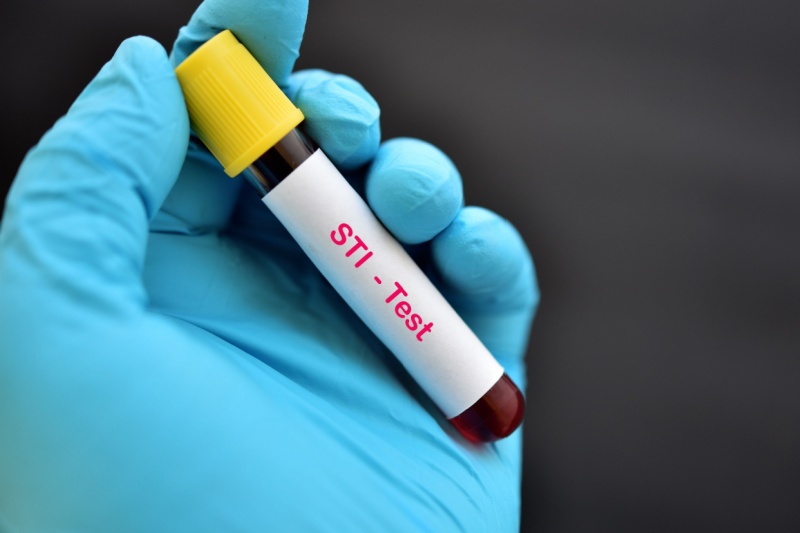
Sexually transmitted infections (STIs) are those that mainly spread through unprotected sexual contact. In other cases, STIs can be transmitted during pregnancy or childbirth and breastfeeding. They can also spread through infected blood or products such as needles. STIs must be screened for and treated at the earliest as they can otherwise lead to a host of problems like कार्डियोवैस्कुलर रोग, neurological diseases, stillbirths, ectopic pregnancy, and an increased risk of Human Immunodeficiency Virus (HIV).
Types of STIs and methods of screening
STIs can be viral, bacterial or parasitic. Some common STIs affecting LGBTQIA+ patients के निम्न हैं:
- Syphilis
Worldwide, over 5 million cases of syphilis are diagnosed every day. Syphilis is a chronic infection caused by the bacteria Treponema pallidum. It can be transmitted through genital, anal and oral sexual contact during blood transfusions and pregnancy. The preferred screening method is a rapid plasma reagin or serum treponemal antibody test.
- Gonorrhea
Gonorrhea is a bacterial infection caused by Neisseria gonorrhoeae. It can be transmitted through vaginal, oral or anal sexual contact. Gonorrhea can also be transmitted from mother to child during childbirth. Nucleic acid amplification testing (NAAT) is a screening method to detect gonorrhea.
- Chlamydia
Chlamydia is caused by the gram-negative obligate intracellular parasite Chlamydia trachomatis. Symptoms can present up to 20 days after initial infection. As it remains asymptomatic, it becomes difficult to detect. NAAT is the preferred screening method for chlamydia.
- HIV
HIV is a retrovirus that is responsible for weakening the immune system by destroying cells that are responsible for fighting infection and diseases. It can be transmitted through vaginal or anal intercourse as well as through infected needles and syringes. It can go undetected as patients may not present with symptoms or mimic symptoms of other diseases. Syphilis, chlamydia and gonorrhea increase the risk of acquiring HIV. An HIV antibody/antigen test is the preferred test for infection screening.
Prevention strategies for sexually transmitted diseases
Prevention and treatment of STIs include biomedical intervention or counseling. Here are some effective strategies that can be implemented in primary care:
- Vaccines and preventative medicines for viral STIs
Viral STIs like HIV, hepatitis B, human papillomavirus (HPV) and genital herpes simplex virus (HSV) have limited options for treatment. Vaccines for HPV and hepatitis B can prevent cervical cancer and liver cancer, respectively. HIV treatments suppress the virus, and antiretroviral medication (PrEP) for non-HIV but high-risk individuals can offer up to 90% protection.
- Post-exposure prophylaxis (PEP)
Using antiretroviral medications for 28 days after exposure to HIV is known as PEP. It must be started at the earliest, within 72 hours of exposure. If you’re taking PrEP, then you generally would not need PEP after HIV exposure. Talk to your healthcare provider to devise a plan and be prepared for PEP in case of an exposure.
- Virologic suppression
One effective way to prevent an HIV epidemic is using antiretroviral therapy to achieve virologic suppression. Virologic suppression eliminates the possibility of HIV transmission from a patient to a healthy individual, even in the absence of protection.
- Counseling
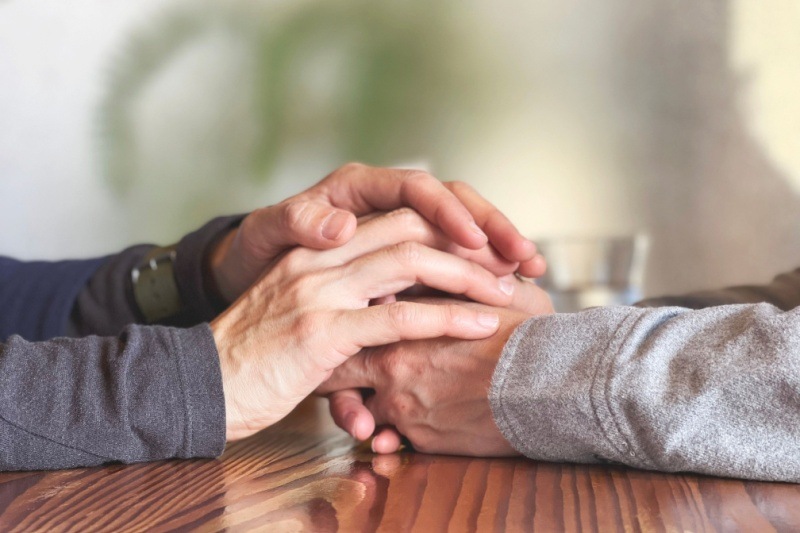
Counseling interventions by experts can help mitigate the transmission of diseases. Discussing issues and promoting healthy practices can limit reckless behavior, especially sexual behavior, increase the use of condoms, and bring about an increase in preventative measures.
There is a disproportionate burden of HIV on LGBTQIA+ groups. At the same time, non-HIV STIs are also on the rise. To address these epidemics. Clinicians can incorporate culturally appropriate preventive care and counseling based on evidence and patients’ sexual histories.
Stay tuned to the Activ Living Community. Keep up to date with the latest health tips and trends through expert videos, podcasts, articles, and much more on पोषण, फिटनेस, सचेतन, और लाइफस्टाइल से जुड़ी बीमारियां like Asthma, Blood Pressure, Cholesterol, and Diabetes. Activ Living ke saath sahi sehat ki shuruaat ABHIkaro.
You may also be interested in the following blogs:
- 5 Strategies For Better Mental Health In The Transgender Community
- 5 Strategies For Better Diabetes Management In The Queer Community
Popular Searches
How to lower blood pressure | Fruits good for liver | Unhealthy foods | रागी के लाभ | बेसल मेटाबोलिक रेट | हाई ब्लड प्रेशर के लिए एक्यूप्रेशर पॉइंट्स | Ayurvedic medicine for blood pressure | How to control cholesterol at home | Homeopathy for Asthma | Biological Age | Home remedies for TB | Natural beta blockers | Negative effects of internet | Types of walking | ब्लड प्रेशर कैलकुलेटर | ब्लड शुगर कैलकुलेटर | BMI कैलकुलेटर





 1800-270-7000
1800-270-7000


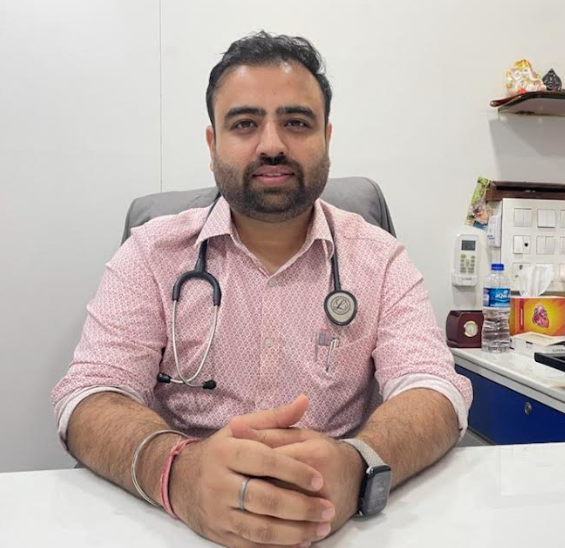
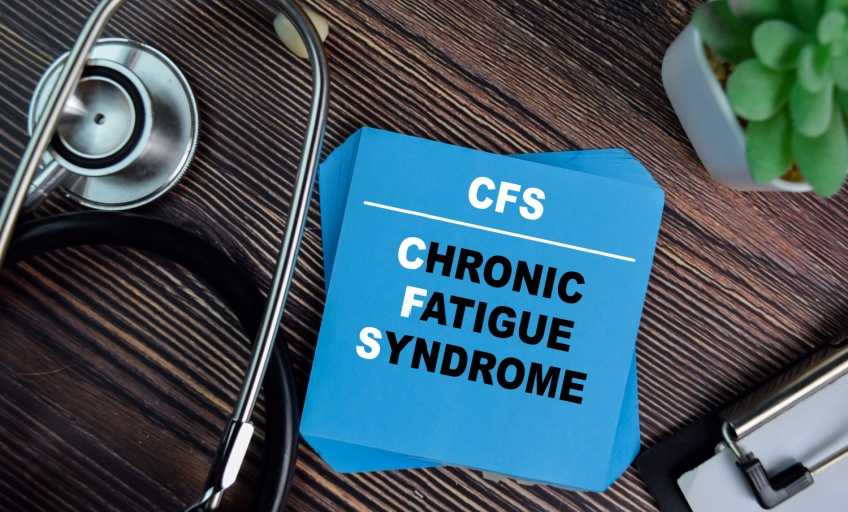
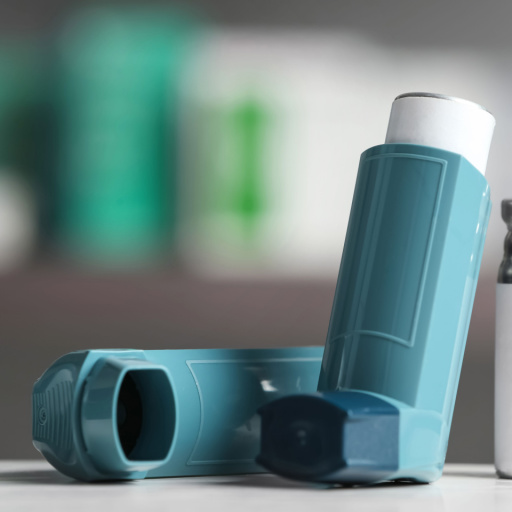






Thanks for another fantastic post.
Thanks for another fantastic post.